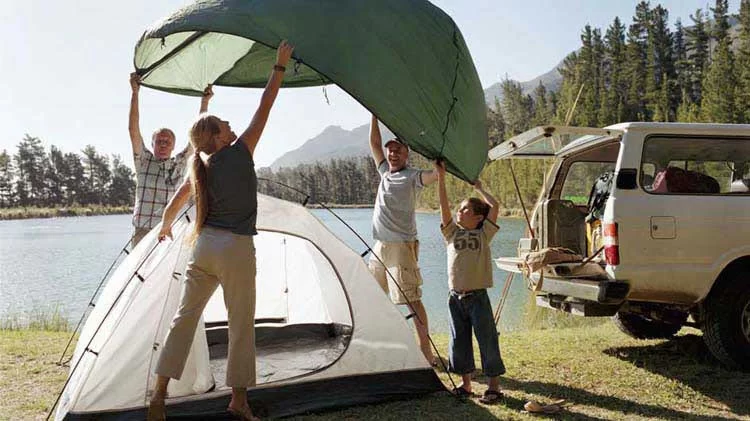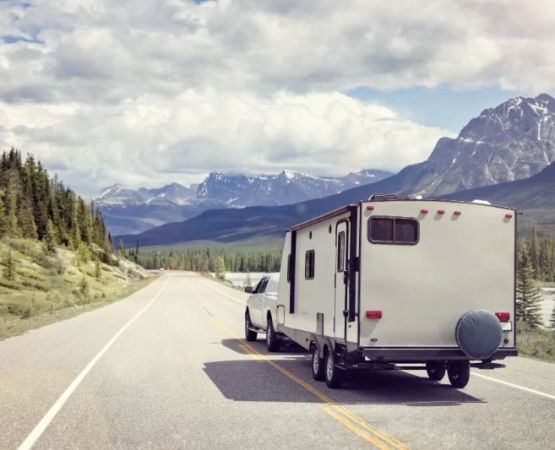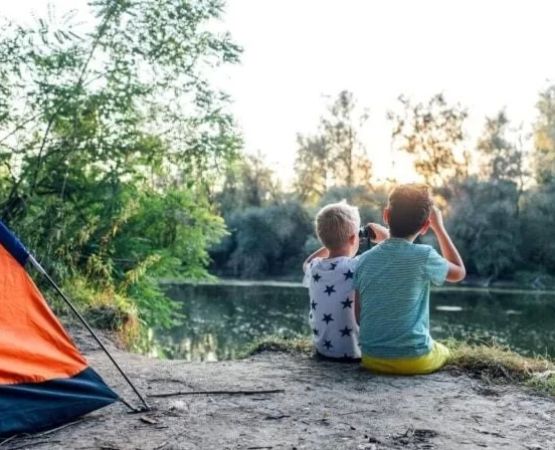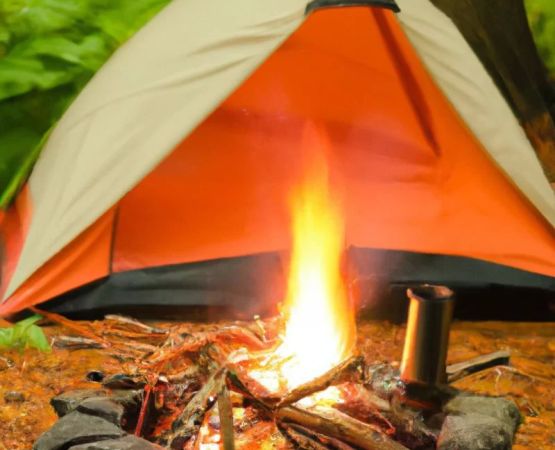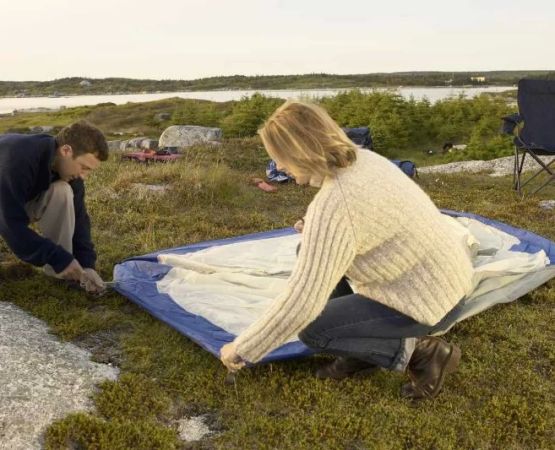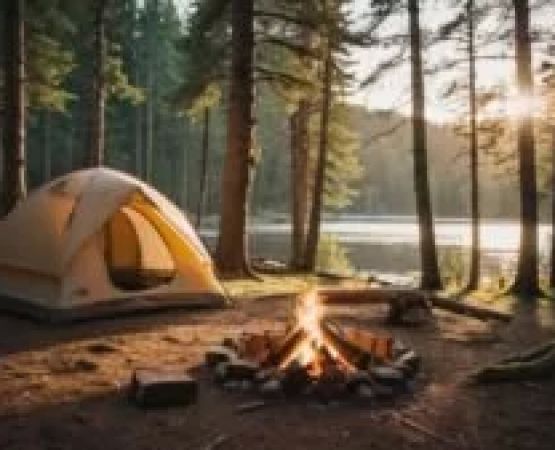How to Prepare Your Campsite for a Storm – Essential Tips for Safe and Comfortable Camping
- 1. Choosing the Right Campsite Location
- 2. Weather-Proofing Your Tent
- 3. Securing Your Campsite Gear
- 4. Campfire Safety During a Storm
- 5. Monitoring Weather Conditions
Camping in the great outdoors is one of the most exhilarating experiences, but it can quickly become dangerous when a storm unexpectedly rolls in. Having been caught in a sudden storm during a camping trip, I can tell you that preparing your campsite for a storm is just as crucial as setting up your tent or cooking equipment. Whether you're a seasoned camper or a first-timer, knowing how to stay safe and comfortable during a storm can make all the difference. In this article, I'll walk you through how to prepare your campsite for a storm, ensuring your safety and peace of mind in any weather conditions.
1. Choosing the Right Campsite Location
The first and most important step in preparing your campsite for a storm is selecting the right location. This is especially crucial when bad weather is on the horizon. You want to avoid areas prone to flooding, such as valleys, or places where strong winds could knock down trees. I learned this the hard way on a trip last year when I camped near a river that swelled dramatically during a heavy rainstorm. The water quickly began to encroach on our campsite, forcing us to evacuate in the middle of the night.
Instead, choose a high, dry area where rainwater can naturally drain away from your tent. Avoid setting up under large trees, as strong winds could cause branches or trees to fall, putting you at risk. Additionally, try to set up your campsite away from rocky areas or cliffs, which can pose a danger in case of a landslide or rockfall.
2. Weather-Proofing Your Tent
Your tent is your primary shelter during a storm, so it’s essential to ensure it’s properly set up to withstand the elements. First, make sure your tent is waterproof. If you’re unsure whether your tent’s rainfly is still effective, I recommend treating it with a waterproofing spray before your trip. On my most recent trip to Pine Cliff Resort, I realized how important this was after a downpour tested my tent’s waterproofing. Thankfully, I had applied the spray, and the interior stayed dry, which made a huge difference.
Additionally, when setting up your tent, ensure that the vestibule (the outer space in front of the entrance) is positioned downhill to allow water to flow away from your shelter. Always stake your tent securely with strong pegs, as high winds can cause a poorly staked tent to collapse. Make sure to tightly secure all guy lines, which help anchor the tent to the ground and prevent it from lifting or moving in stormy weather.
3. Securing Your Campsite Gear
In stormy conditions, loose gear can be easily blown away or damaged by rain. I’ve learned this lesson after a gust of wind sent my camp chairs flying during a storm. Make sure all your gear is properly stored or secured. Use waterproof bags or containers to protect sensitive items like food, electronics, and clothing. These can be stowed in the center of your tent to keep them safe from water intrusion.
Additionally, any equipment that doesn’t need to be used during the storm should be packed away or anchored down. I also recommend securing your cooking equipment in a way that keeps it stable during gusty winds, preventing it from blowing over or getting damaged. After experiencing a storm with wind speeds over 50 mph, I never leave my gear unsecured in windy conditions.
4. Campfire Safety During a Storm
When the weather takes a turn for the worse, campfire safety becomes even more crucial. While campfires are wonderful for warmth and ambiance, they can also become dangerous during high winds or a storm. I’ve had the experience of trying to enjoy a campfire during a storm, only to have the wind blow sparks everywhere, creating a fire hazard. If you’re camping in conditions where a storm is predicted, it’s best to avoid having an open campfire altogether, or to use a fire pit with proper containment to reduce the risk of fire spreading.
If you must have a fire, keep it small, controlled, and always have water or fire extinguishing materials nearby. Ensure your fire is completely extinguished before leaving the campsite or going to sleep. The last thing you want during a storm is an uncontrolled fire that could cause harm to your campsite or the surrounding wilderness.
5. Monitoring Weather Conditions
Keeping an eye on the weather before and during your camping trip is essential to staying safe in a storm. Thankfully, there are many ways to stay updated on weather conditions these days, even when camping in remote areas. Consider using weather apps on your phone, checking the local forecast before heading out, and carrying a portable weather radio to receive live updates.
During my recent camping trip, I relied on a small, handheld weather radio that gave me continuous updates on incoming storms. Knowing the storm’s timing allowed me to prepare my campsite in advance and ensure that I was safely tucked into my tent before the worst of the weather hit. Having the right tools and knowledge of the weather can give you peace of mind during a storm and ensure that you’re not caught off guard.
Camping during a storm can be a thrilling challenge when you're well-prepared. By following these steps on how to prepare your campsite for a storm, you can ensure your safety and comfort even in the harshest conditions. If you're looking for a perfect spot to test your stormproof camping skills, Pine Cliff Resort offers the ideal location with stunning natural landscapes and excellent facilities for all types of weather. Ready to embark on your next camping adventure? Visit Pine Cliff Resort to start planning your storm-ready camping trip today!

